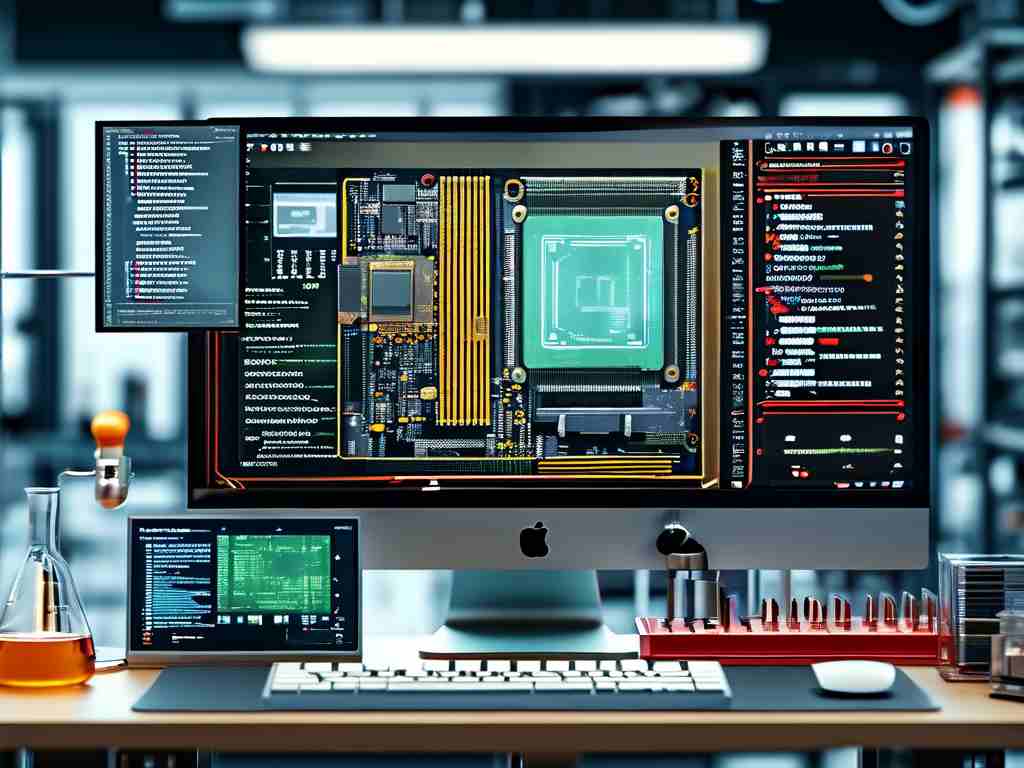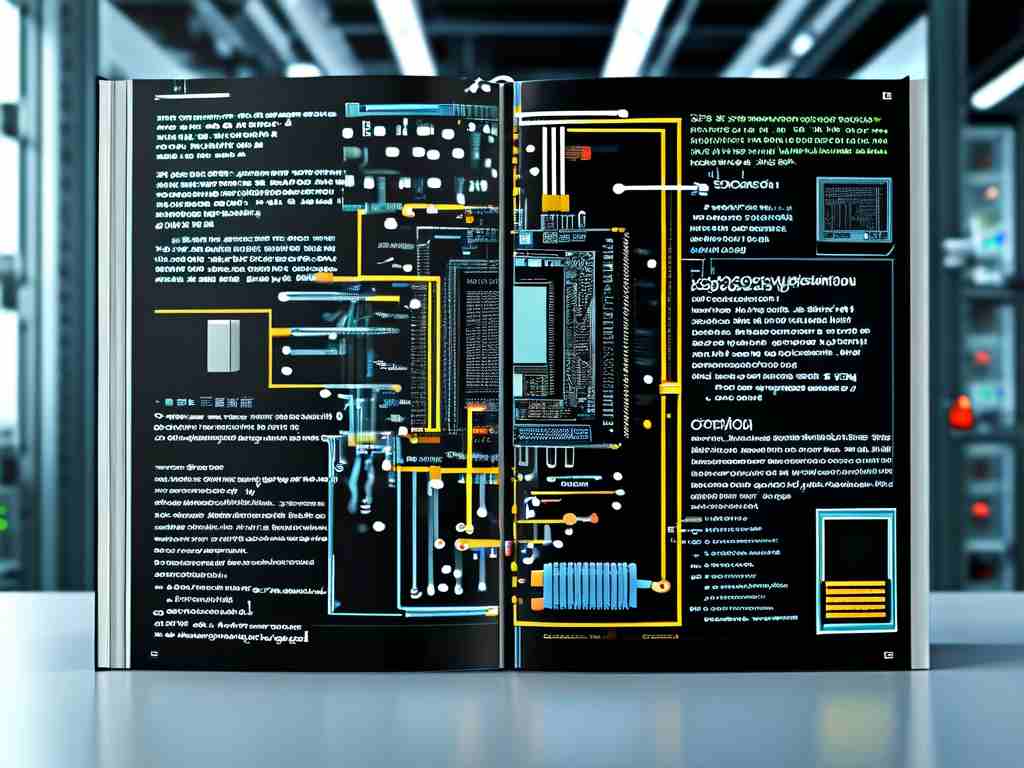The integration of artificial intelligence (AI) into embedded systems has revolutionized industries ranging from healthcare to automotive engineering. This tutorial provides a step-by-step guide for developers looking to merge AI capabilities with resource-constrained embedded devices. By focusing on practical implementation, we’ll explore frameworks, optimization techniques, and real-world use cases to help you build efficient AI-powered embedded solutions.

Understanding AI in Embedded Systems
Embedded systems are specialized computing devices designed for specific tasks, often operating under strict limitations in memory, processing power, and energy consumption. Integrating AI into these systems requires balancing performance with resource efficiency. Unlike cloud-based AI, embedded AI must function offline, making model optimization critical. Popular applications include real-time object detection in drones, predictive maintenance in industrial machinery, and voice-controlled smart home devices.
To begin, developers should familiarize themselves with lightweight AI frameworks tailored for embedded environments. TensorFlow Lite for Microcontrollers and PyTorch Mobile are two widely adopted tools. These frameworks enable the deployment of pre-trained models on devices with as little as 32 KB of RAM. Below is a basic example of loading a TensorFlow Lite model in an Arduino environment:
#include <TensorFlowLite.h>
#include "model.h" // Pre-trained model header
void setup() {
tflite::MicroErrorReporter error_reporter;
const tflite::Model* model = tflite::GetModel(g_model);
TfLiteTensor* input = interpreter->input(0);
// Initialize and invoke the model
}
Optimizing AI Models for Embedded Hardware
Model optimization is the cornerstone of embedded AI development. Techniques like quantization, pruning, and knowledge distillation reduce computational overhead without significantly sacrificing accuracy. Quantization, for instance, converts 32-bit floating-point weights to 8-bit integers, shrinking model size by 75% and accelerating inference.
Consider this Python snippet using TensorFlow’s Post-Training Quantization tool:
import tensorflow as tf
converter = tf.lite.TFLiteConverter.from_saved_model("saved_model")
converter.optimizations = [tf.lite.Optimize.DEFAULT]
quantized_model = converter.convert()
with open("model_quant.tflite", "wb") as f:
f.write(quantized_model)
Developers must also leverage hardware-specific accelerators like ARM Cortex-M’s CMSIS-NN library or NVIDIA Jetson’s CUDA cores. These tools unlock parallel processing capabilities, drastically improving inference speed.
Case Study: Building a Smart Sensor Node
Let’s design a temperature-predicting sensor node using an STM32 microcontroller and a TinyML model. First, collect historical temperature data and train a lightweight LSTM network on a PC. Convert the model to TensorFlow Lite format, then deploy it to the microcontroller. The device will predict temperature trends locally, transmitting only critical data to conserve bandwidth.
Key challenges include managing memory allocation for model layers and ensuring real-time performance. Use FreeRTOS to handle multitasking, dedicating separate threads for sensor polling and inference.
Debugging and Performance Tuning
Embedded AI debugging demands a hybrid approach. Use JTAG probes to monitor hardware metrics like CPU usage, while logging model outputs via UART. Tools like STM32CubeMonitor visualize real-time data, helping identify bottlenecks. If inference latency exceeds requirements, revisit optimization strategies or simplify the model architecture.
Future Trends and Tools
Emerging technologies like neuromorphic computing and federated learning are reshaping embedded AI. Frameworks such as Edge Impulse offer no-code platforms for rapid prototyping, while open-source projects like Apache TVM enable cross-compilation for diverse hardware targets.
By mastering these techniques, developers can create intelligent embedded systems that operate autonomously, efficiently, and reliably—even in the most demanding environments.









